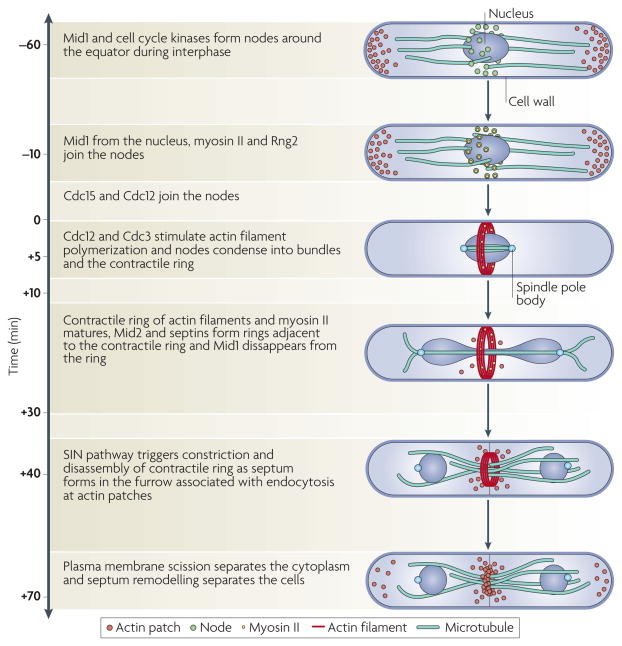Figure 2. Time course of cytokinesis in fission yeast.
Time zero is defined as the time when the spindle pole bodies separate. Starting at time −60 minutes, interphase nodes containing the anillin-like protein Mid1 (also known as Dmf1) and cell cycle kinases form near the plasma membrane. Negative signals from the ends of the cell position these nodes around the equator. Dynamic microtubules push the nucleus to the centre of the cell. At time −10 minutes, interphase nodes begin to mature into cytokinesis nodes by the addition of myosin II (Myo2), ring assembly protein 2 (Rng2; a member of the IQGAP family), the F-BAR domain-containing protein cell division control protein 15 (Cdc15) and the formin Cdc12. Following spindle pole body separation, Cdc12 and Cdc3 (also known as profilin) stimulate the polymerization of actin filaments that bind tropomyosin and cross-linking proteins. During anaphase A (at time +5 minutes), interactions of myosin II with actin filaments condense nodes into a contractile ring, which matures by adding more Cdc15, capping protein, unconventional myosin II (Myp2; also known as Myo3) and other proteins. In anaphase B (at time +10 to +30 minutes) the mitotic spindle elongates and the anillin-like protein Mid2 and septins form double rings adjacent to the contractile ring. Mid1 disappears from the ring at the onset of its constriction. At the end of anaphase, a signalling pathway consisting of a GTPase and three protein kinases (the septation initiation network (SIN)) triggers constriction of the contractile ring (at time +40 minutes), membrane invagination and synthesis of a new cell wall to form a septum. Constriction ends at time +70 minutes. After another 30 minutes, scission of the plasma membrane separates the cytoplasm and septum remodelling separates the cells.

